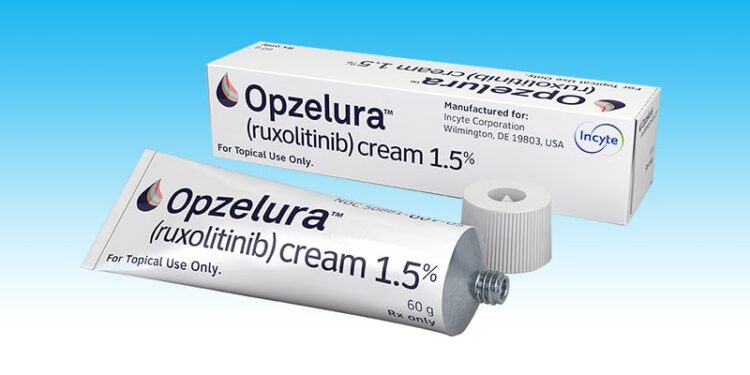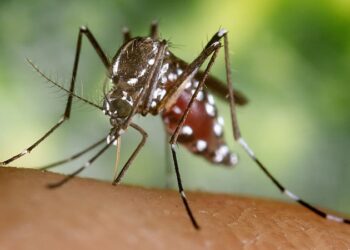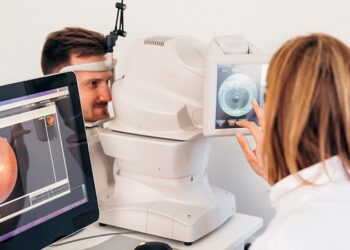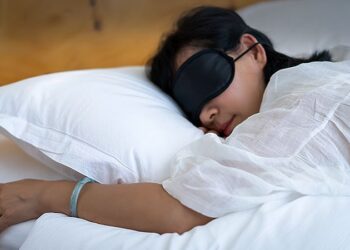TOPLINE:
Treatment with ruxolitinib cream resulted in significant disease control over 52 weeks in a subset of children with moderate/more extensive atopic dermatitis (AD) in a randomized trial that evaluated both 0.75% and 1.5% strengths of the topical JAK inhibitor.
METHODOLOGY:
- The TRuE-AD3 study evaluated long-term disease control and safety of ruxolitinib cream in children between the ages of 2 and 11 years with mild-to-moderate AD, including a subset of children with moderate and/or more extensive AD at baseline and at 52 weeks; results overall showed that disease control was maintained and well tolerated with treatment.
- A total of 282 children (median age, 7 years) were randomly assigned to receive ruxolitinib cream 0.75% or 1.5%, or vehicle twice daily for 8 weeks, followed by 44 weeks of as-needed treatment with ruxolitinib cream of either strength.
- Of the 233 children initially randomly assigned to ruxolitinib cream, 180 (77.3%) had a baseline Investigator’s Global Assessment (IGA) score of 3, 115 (49.4%) had a baseline affected body surface area (BSA) ≥ 10%, and 99 (42.5%) had both a baseline IGA score of 3 and ≥ 10% affected BSA.
TAKEAWAY:
- Among the 180 children initially randomly assigned to topical ruxolitinib with a baseline IGA score of 3, disease control at week 8 was maintained or further improved over the long-term period, with over 70% achieving clear or almost clear skin (IGA 0/1) at week 52 (74.6% of patients treated with 0.75% ruxolitinib and 71.4% treated with 1.5% ruxolitinib cream).
- Results were similar for patients with ≥ 10% affected BSA at baseline and those who had a combined IGA score of 3 and ≥ 10% affected BSA at baseline (those who met the definition of moderate and/or more extensive disease at baseline).
- Both strengths were well tolerated, and few reactions were observed at the application sites among patients with a baseline IGA score of 3. There were no cases of folliculitis, herpes zoster, major adverse cardiovascular events, or thrombosis.
IN PRACTICE:
“Ruxolitinib cream monotherapy demonstrated substantial disease control and was well tolerated out to week 52 in the subset of children with moderate and/or more extensive atopic dermatitis consistent with the full TRuE-AD3 study population,” the authors wrote. “These long-term results suggest that ruxolitinib cream may simplify topical regimens for patients with moderate and/or more extensive atopic dermatitis and provide a potential alternative to systemic therapy,” they added. (Topical ruxolitinib, approved for mild-to-moderate AD in children aged 12 years and older, is under FDA review for treating AD in children aged 2 to 11 years.)
SOURCE:
This study was presented during a poster session at the Society of Pediatric Dermatology (SPD) 2025 annual meeting. Lawrence F. Eichenfield, MD, University of California, San Diego School of Medicine, is the first author.
LIMITATIONS:
None were noted by the authors.
DISCLOSURES:
Janssen, Johnson & Johnson, LEO Pharma, Novartis, Ortho Dermatologics, Pfizer, Regeneron, Sanofi Genzyme, Target RWE, T-Rex, and UCB. Several of the study authors also reported having relationships with industry.
Source link : https://www.medscape.com/viewarticle/topical-ruxolitinib-effective-subset-children-more-extensive-2025a1000l1s?src=rss
Author :
Publish date : 2025-08-08 04:24:00
Copyright for syndicated content belongs to the linked Source.














